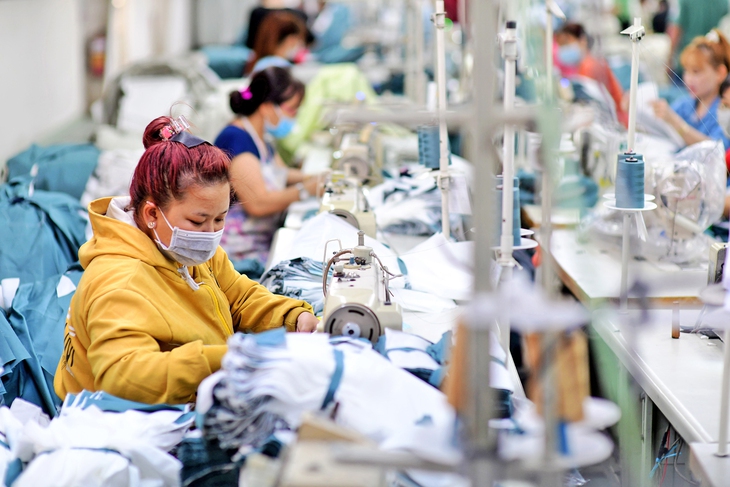
Many textile and garment enterprises are looking for ways to cope with the US's reciprocal taxes - Photo: Q.DINH
According to experts, textile and garment enterprises cannot continue to operate according to the traditional processing model. Instead, they need to own brands, register copyrights, develop Vietnamese brands in key export markets and consider this a national strategy.
Reduce dependence on single market
Mr. Pham Van Viet, Vice President of the Ho Chi Minh City Textile, Garment, Embroidery and Knitting Association (Agtek), said that the US market accounts for about 40% of Vietnam's textile and garment export turnover. Any policy changes from this market will have a chain reaction impact on the entire industry.
Not only does this risk threaten the industry's growth rate, it also puts great pressure on Ho Chi Minh City's growth target for 2025, as the textile and garment industry contributes nearly 20% of the city's export turnover.
The corresponding tax rate of up to 46%, if implemented, will be a heavy blow to the entire industry when the current average profit margin only fluctuates at 5-12%. Mr. Viet estimated that if the high tax rate is applied, the industry could lose 20-30% of orders from the US market. This scenario will lead to a wave of widespread labor cuts, especially in satellite provinces around Ho Chi Minh City such as Long An, Tay Ninh, Dong Nai...
Within the framework of the SaigonTex - SaigonFabric 2025 International Exhibition taking place on April 9 in Ho Chi Minh City, Mr. Vu Duc Giang - Chairman of the Vietnam Textile and Apparel Association (VITAS) - advised businesses to prepare scenarios and be ready to respond to all situations, while emphasizing the importance of reducing dependence on single markets.
According to Mr. Giang, the system of 16 new-generation free trade agreements (FTAs) has come into effect and may increase to 22 in the near future. This will be a solid legal foundation for businesses to expand their markets in a sustainable manner, less affected by geopolitical fluctuations.
Key markets such as the EU, Japan, Korea, China, Russia, Belarus and ASEAN and domestic markets are identified by Vitas as pillars in its 2025 export strategy.
In particular, the European market is tightening standards for recycled and environmentally friendly products. This is both a pressure and a motivation for domestic enterprises to proactively upgrade production capacity and strengthen chain linkages.
According to Mr. Giang, in 2024, the Vietnamese textile and garment industry exported nearly 44 billion USD worth of goods, expanding its export market to 104 countries and territories, showing great potential for restructuring the industry's export market.
Must build the brand "Made in Vietnam"
To proactively respond to trade barriers, Mr. Pham Van Viet proposed that the Government soon establish a specialized inter-sectoral coordination team for the textile and garment industry - similar to the COVID-19 prevention task force model to closely monitor developments and support businesses in developing timely response scenarios.
In addition, it is necessary to establish a supply chain transformation fund to provide financial support for businesses to invest in technology, green transformation and raw material self-sufficiency.
In particular, according to Mr. Viet, building the "Made in Vietnam" brand in a systematic and in-depth manner is a mandatory strategy. Ho Chi Minh City should soon develop a fashion center - a place that plays a leading role in creativity, innovation and development of Vietnamese fashion brands.
Along with that, it is necessary to promote negotiations with the US side on a "trusted partner" mechanism, allowing tax exemptions for Vietnamese enterprises with transparent supply chains that meet ESG (environmental - social - governance) standards.
Mr. Vu Duc Giang also believes that investing in ESG standards and transforming the supply chain towards green is not only a trend, but will become a "passport" to help businesses retain major partners and overcome increasingly stringent technical and tariff barriers.
To survive external shocks and assert their long-term position, textile and garment enterprises cannot continue to operate according to the traditional processing model.
Instead, it is necessary to master the brand, register copyrights, develop Vietnamese brands in key export markets and consider this a national strategy.
"We must start from the roots. Build a Vietnamese brand systematically and with a long-term strategy. Gradually dominate both the domestic and international markets. Vietnamese enterprises must change their production mindset, from low cost to creating high value," Mr. Giang emphasized.
Accordingly, businesses need to proactively register copyrights and develop brands in strategic export markets. Not only aiming for short-term goals, but also having a longer-term vision to 2030 and 2035, there needs to be a stable presence of Vietnamese brands on global shelves. This is not just an aspiration, but must become a practical strategy, realized by the initiative of the businesses themselves.
According to Mr. Giang, the three strategic pillars that businesses need to address in order not to be left behind are comprehensive diversification, mastering technology, and adapting to tariff policies. Along with that is mastering modern distribution channels.
Cross-border online shopping and intercontinental e-commerce are no longer a future prospect but an operating reality of the global supply chain. "If we are not proactive, the Vietnamese textile and garment industry will be left out of the game," Mr. Giang warned.
Need to be self-sufficient in raw materials
“Self-sufficiency in raw materials” continues to be a key issue determining the adaptability of the Vietnamese textile and garment industry to global trade fluctuations. According to Mr. Viet, if businesses strictly comply with regulations on origin and source of goods, they can completely overcome technical barriers and maintain stability in the US market.
According to Mr. Viet, more than 40% of the input materials of Vietnam's textile and garment industry still depend on China, including key products such as knitted fabrics, denim and high-tech fibers. The risk increases when only about 15-20% of domestic enterprises have the capacity to trace the origin of the entire chain.
The remainder is very susceptible to being classified as "tax evaders", leading to the application of trade defense measures or tax evasion investigations.
The option of replacing supply from China with countries such as India and Thailand or switching to domestic production is still not feasible in the next 12-18 months due to weak domestic production capacity of technical yarns and fabrics, lack of strategic cotton - fiber - yarn raw material areas, while small businesses are limited in capital and ability to manage supply chain risks.
Shrimp and pangasius prices drop after information about reciprocal tax
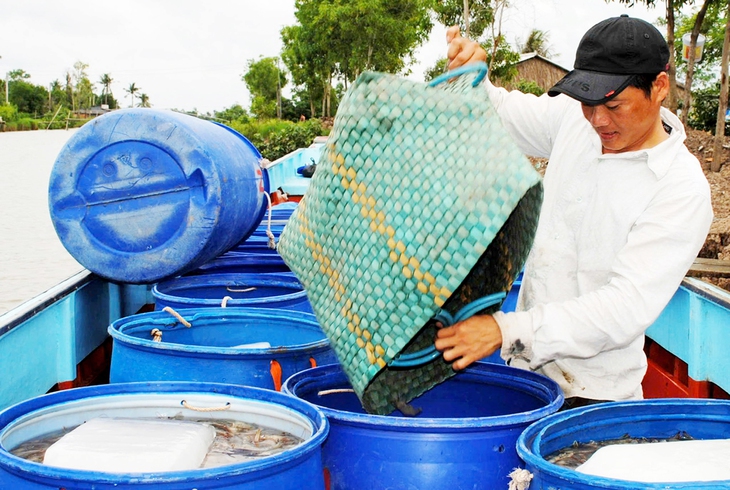
Many people in Ca Mau are racing to harvest shrimp to sell before the US's reciprocal tax on Vietnamese goods takes effect - Photo: THANH HUYEN
On April 9, Mr. Nguyen Quang Vinh (An Chau town, Chau Thanh district, An Giang) said that after the news that the US imposed a 46% reciprocal tax on Vietnamese goods imported into this market, the price of pangasius fish decreased by 500 - 1,000 VND/kg compared to the price at the end of March, to only about 30,000 VND/kg.
"If the US imposes high taxes, businesses will not buy tra fish to process and export to this market, and fish prices will drop sharply," said Mr. Vinh.
According to Mr. Do Lap Nghiep, Deputy General Director of Nam Viet Group (An Giang), the price of tra fish has decreased slightly after the US announced a 46% reciprocal tax. If this tax rate remains the same, businesses will have to find alternative markets, even though the US market only accounts for about 15% of the company's export revenue.
Another business also expressed concern that the consumption of Vietnamese seafood products may decrease in the coming time, especially for tra fish products.
Raw shrimp prices in Ca Mau province also decreased by VND5,000 - 15,000/kg after the news of the 46% corresponding tax. Fearing that shrimp prices would drop sharply after this tax took effect, some shrimp farmers harvested shrimp en masse to sell off to businesses.
Mr. Huynh Xuan Dien - Chairman of Tan Hung High-Yield Shrimp Cooperative (Tan Hung Commune, Cai Nuoc District, Ca Mau) - said that within the past week, members have harvested more than 30 shrimp ponds, many of which have not yet reached the weight required for sale, due to concerns that prices will fall further.
Mr. Le Van Su, Vice Chairman of the People's Committee of Ca Mau province, requested that shrimp farmers remain calm, not panic, and continue to closely monitor changes in tax rates.
Do not harvest early, harvest in a hurry, or sell off at a loss, leading to market disruption. In addition, actively coordinate with relevant agencies to find necessary solutions, especially applying science and technology to reduce costs, increase productivity, and ensure quality to enhance competitiveness in the face of unpredictable fluctuations.
Ca Mau has 5 enterprises exporting seafood to the US with a turnover of 12.86 million USD, accounting for about 6% of the total export turnover of the whole province.
Source: https://tuoitre.vn/det-may-ung-pho-voi-thue-doi-ung-mo-rong-thi-truong-tang-san-xuat-xanh-20250410085857068.htm





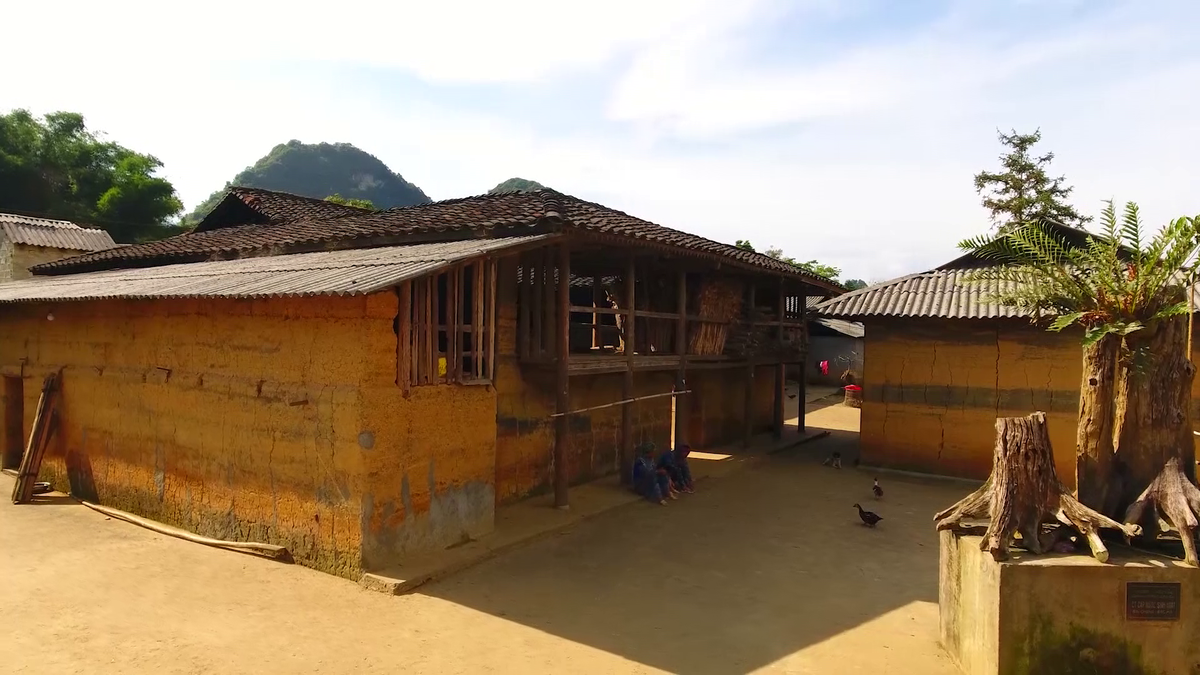

![[Photo] Magical moment of double five-colored clouds on Ba Den mountain on the day of the Buddha's relic procession](https://vphoto.vietnam.vn/thumb/1200x675/vietnam/resource/IMAGE/2025/5/9/7a710556965c413397f9e38ac9708d2f)
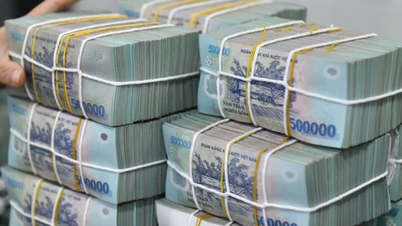



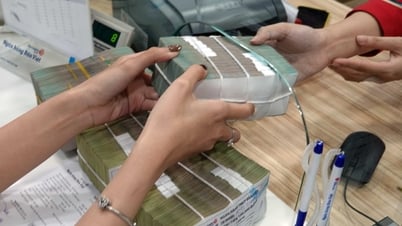











![[Photo] General Secretary To Lam begins official visit to Russia and attends the 80th Anniversary of Victory over Fascism](https://vphoto.vietnam.vn/thumb/1200x675/vietnam/resource/IMAGE/2025/5/8/5d2566d7f67d4a1e9b88bc677831ec9d)

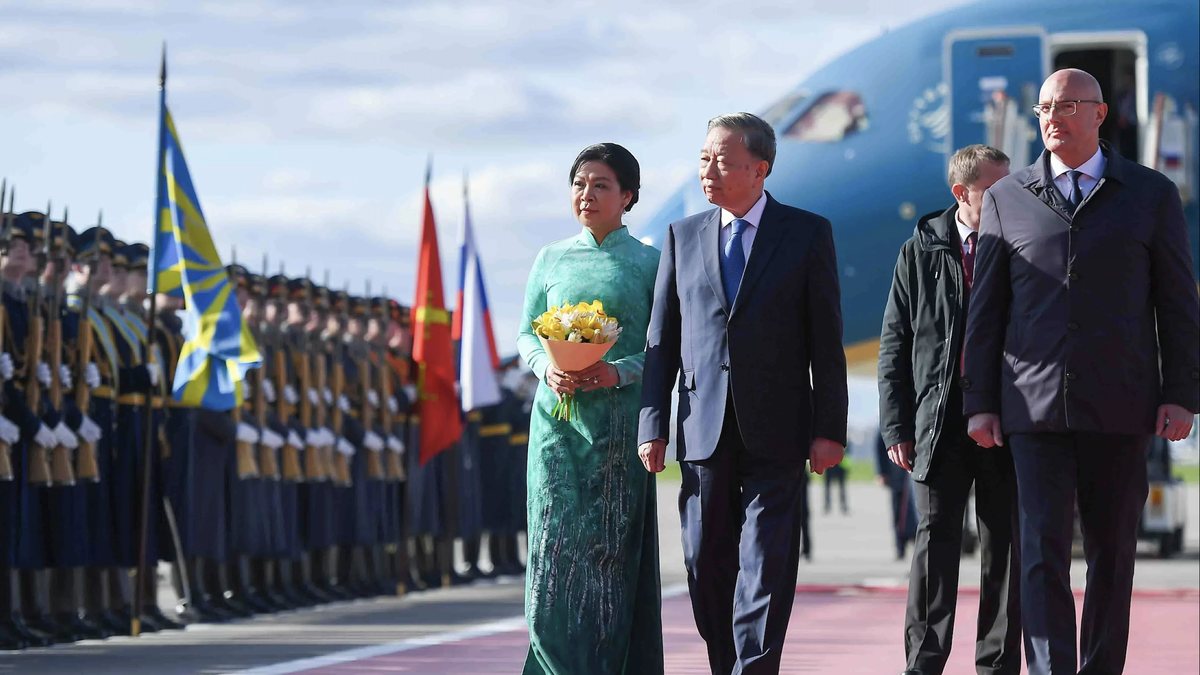
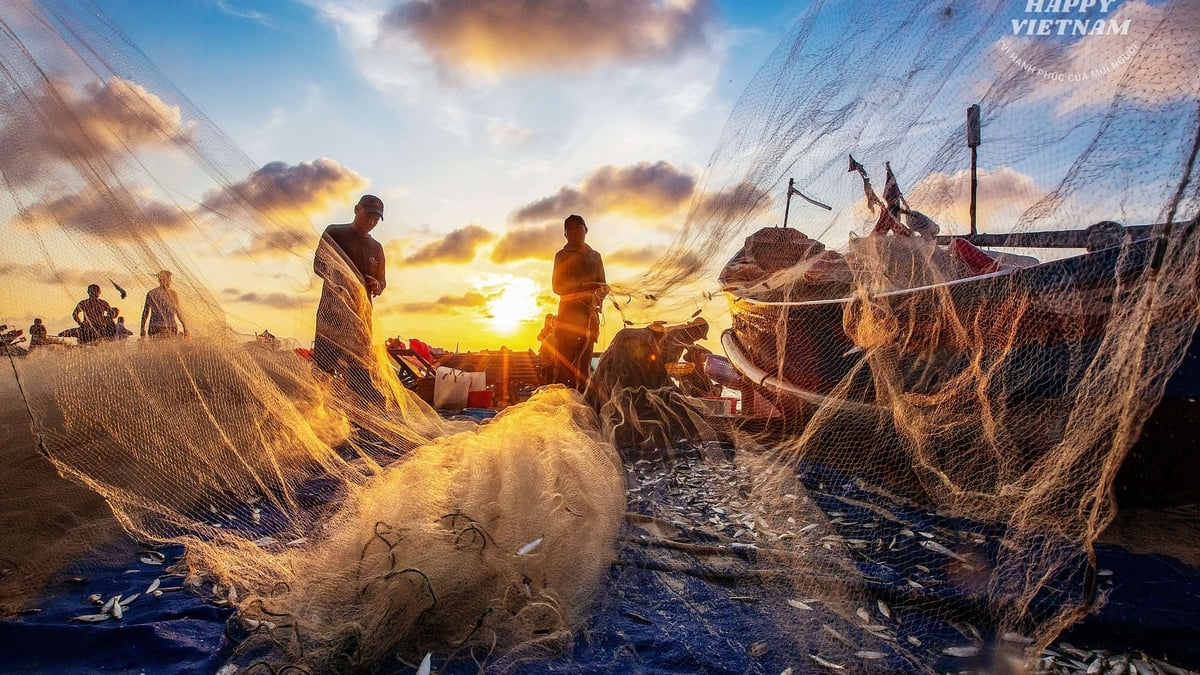




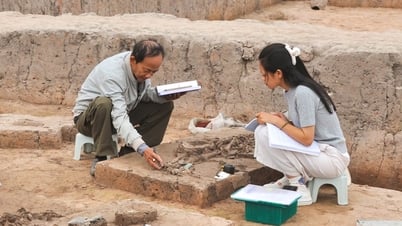


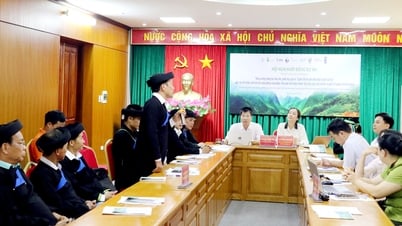







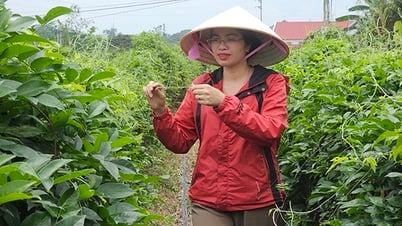

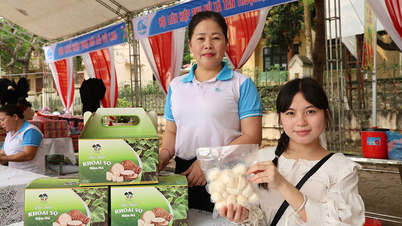





















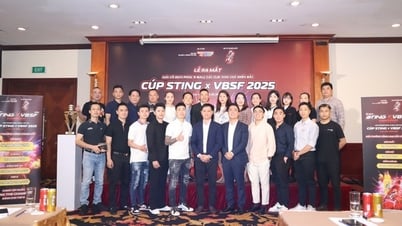


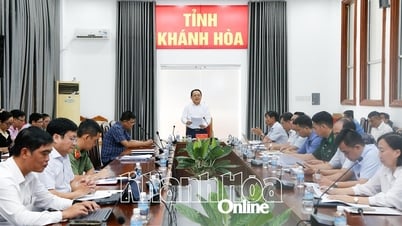

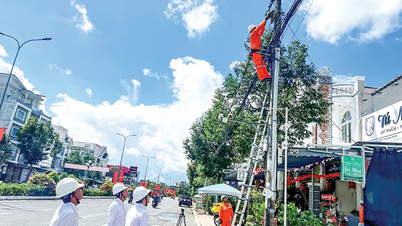




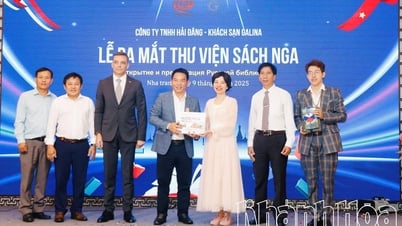
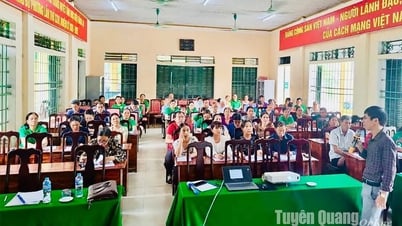












Comment (0)